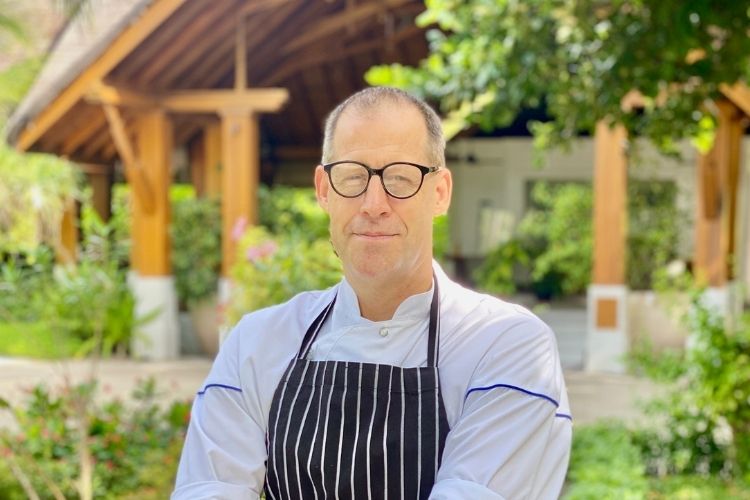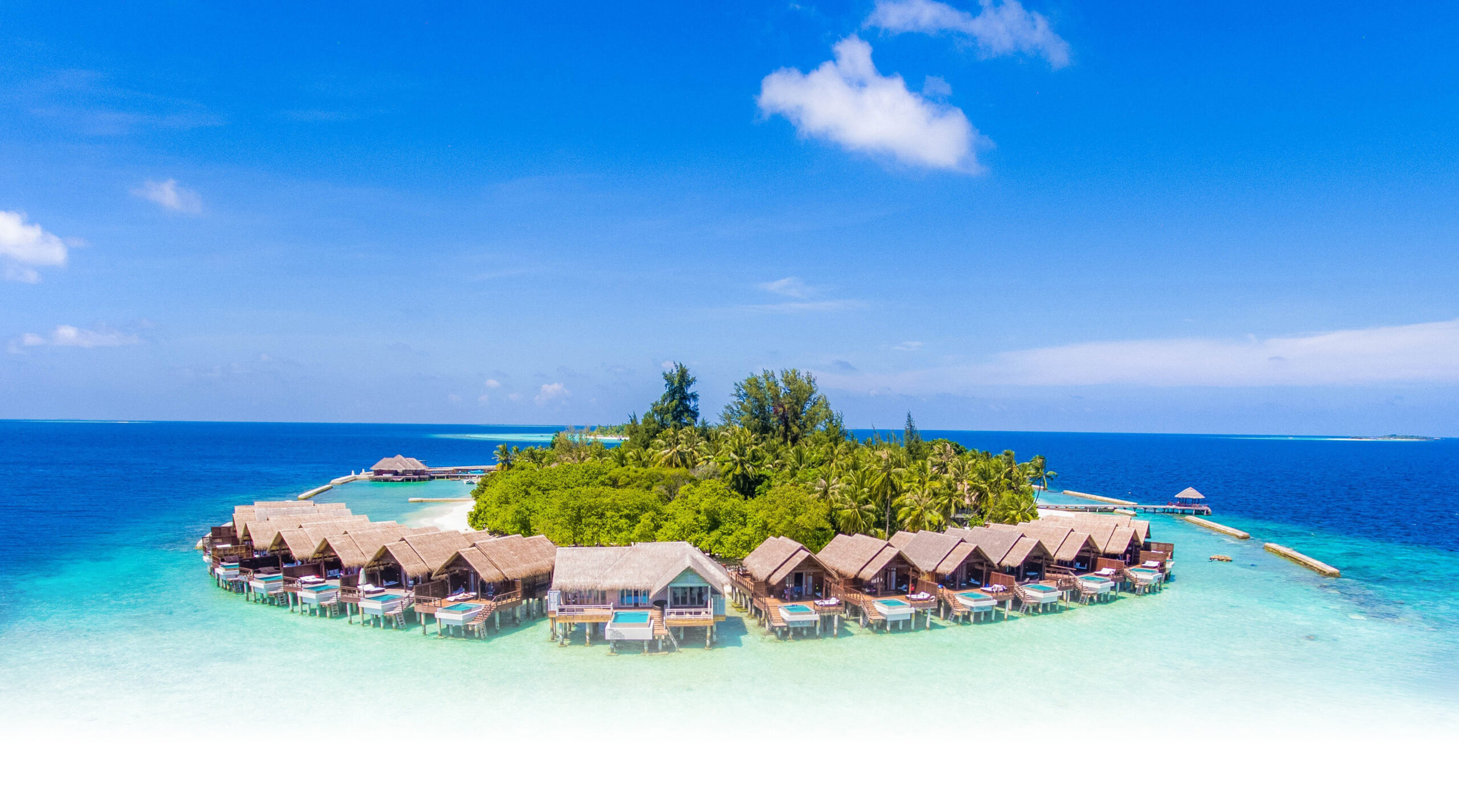Dusit Thani Maldives, a luxury Thai-inspired resort on Mudhdhoo Island in Baa Atoll, has appointed British chef Paul Elliot King as its new Executive Chef to lead an exciting new era of culinary creativity at its already renowned restaurants.
Chef Paul brings to his role more than 30 years of experience leading culinary teams for luxury hotels and resorts in the United Kingdom and Asia. He started his illustrious career in the late 1980s in London, UK, where he honed his skills working for iconic city landmarks such as The Savoy and The Dorchester. Since 2009, he has continued to expand his horizons – and his palate – with executive positions at award-winning properties in Asia.
His gastronomic adventures outside of England began with stints as Executive Sous Chef at Hilton hotels in Vietnam and the Maldives. From 2013, he then oversaw the culinary operations of Jumeirah Vittaveli in Malé, where he managed a brigade of 51 chefs, followed by Kuredu Island Resort and Spa – the second-largest resort in The Maldives – where, alongside taking up the mantle as Executive Chef, he was appointed as the HACCP Chairman, responsible for driving excellence and HACCP (Hazard Analysis and Critical Control Point) accreditation for the resort.
His passion for health and safety in the food space led him back to his native England during the COVID-19 pandemic to work in an executive role for J Sainsburys Plc, the second-largest chain of supermarkets in the United Kingdom, where he was responsible for ensuring high-quality food standards for customers.
Now, with island life calling once again, he joins the team at Dusit Thani Maldives to bring his passion for culinary excellence to the table.
We are delighted to welcome Chef Paul to lead our talented culinary team and help to elevate our already high standards by creating exciting new culinary experiences for our discerning guests and customers. Having won numerous awards for the quality of his cooking, he knows full well the recipe for success, and we are sure he will deliver even more accolade-worthy fare at our highly esteemed restaurants.
Thomas Weber, General Manager at Dusit Thani Maldives







